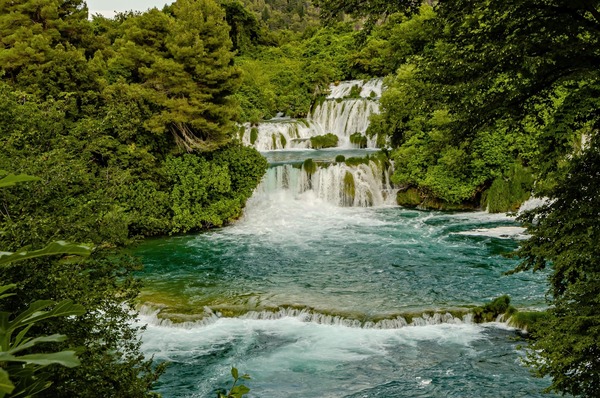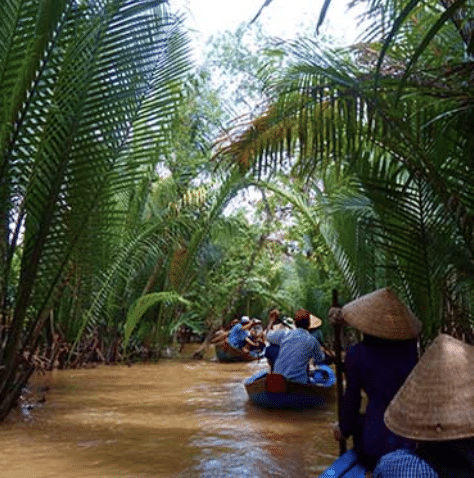Analytica > Water & ocean resources
Water & ocean resources
With climate change affecting our natural resources, how we handle water and ocean resources has become more important than ever. Analytica is being used by leading companies, government agencies, universities, and research institutions around the world. Here are some examples of how organizations are using Analytica to clarify important decisions about how we use water and affect the oceans.
Some Analytica customers
















